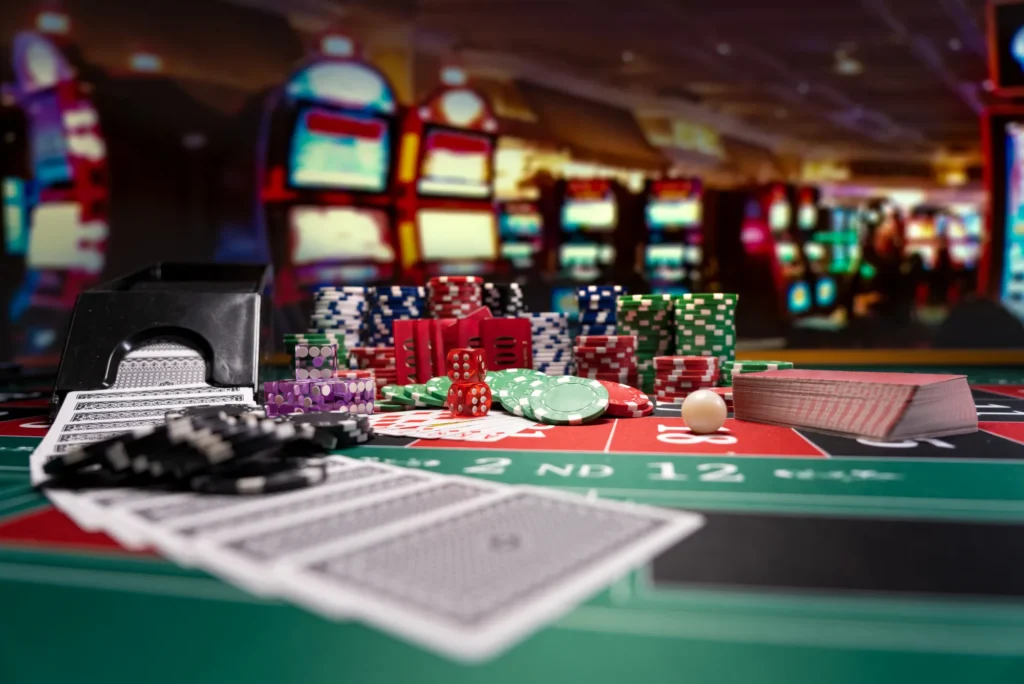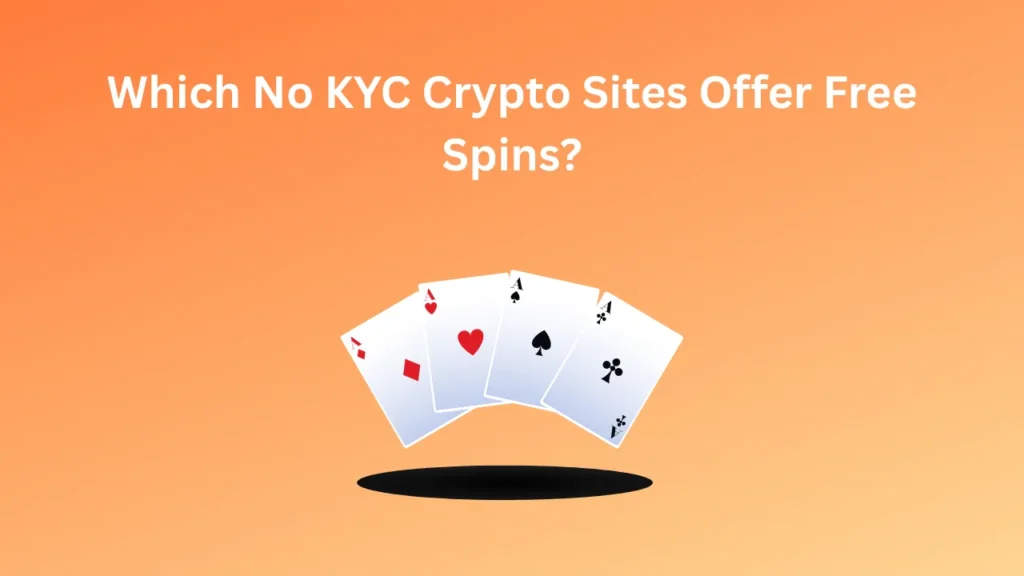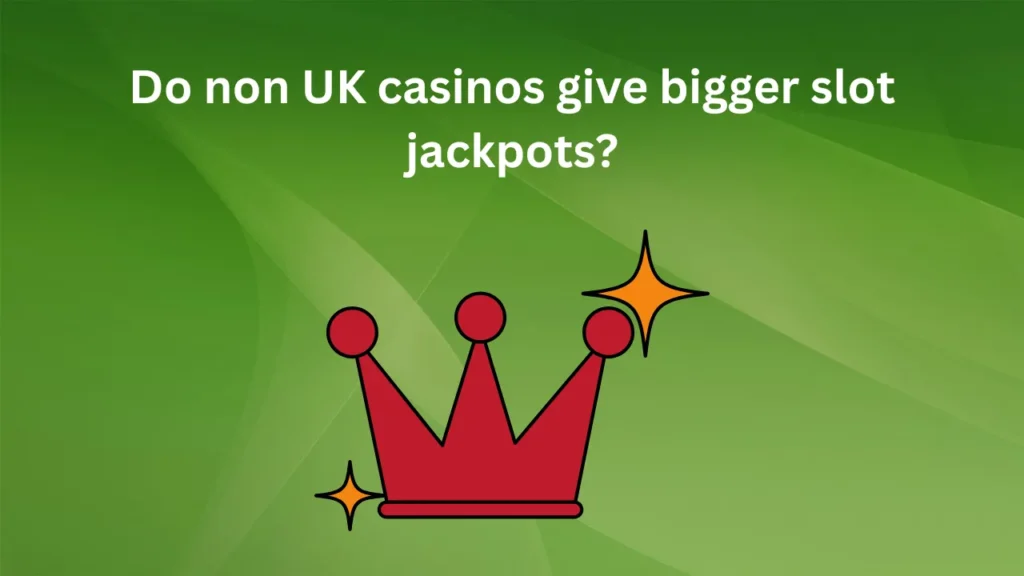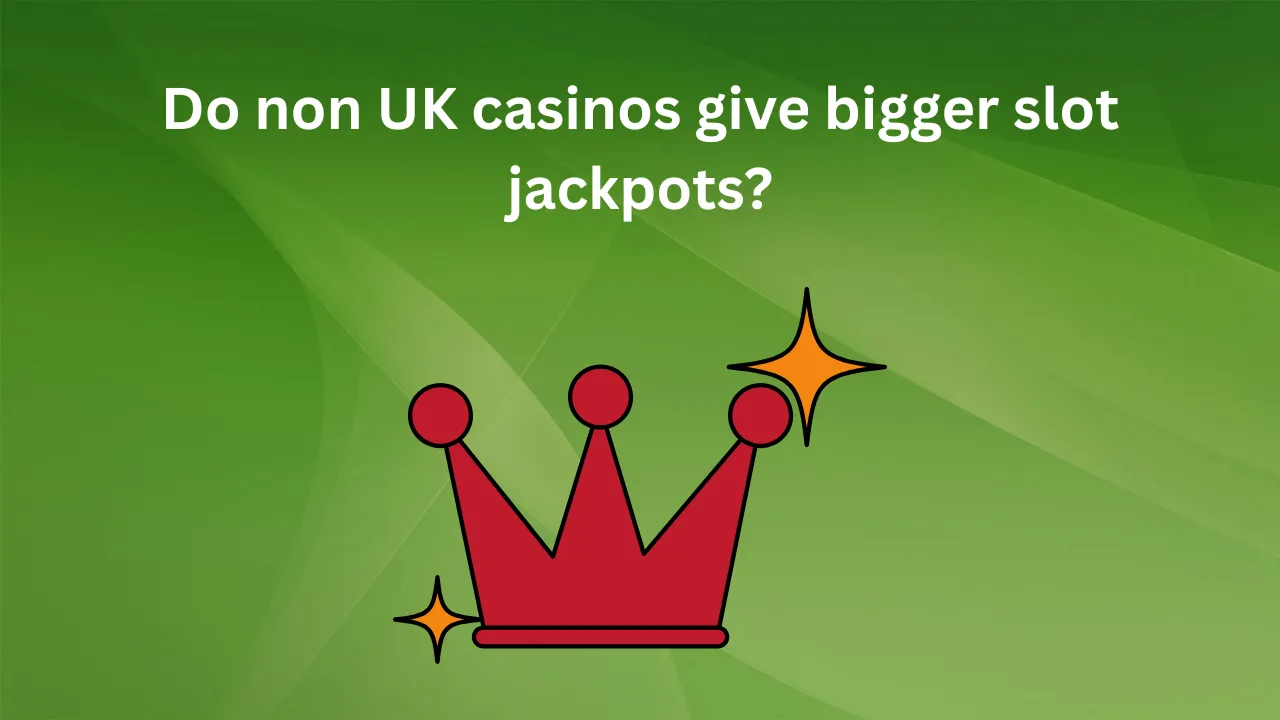There’s a special kind of adrenaline that hits when the jackpot counter starts racing. I’ve felt it standing behind a bank of slot machines in a noisy Vegas hall, and I’ve felt it again—more quietly—watching a progressive ticker creep upward on my phone at 1:30 a.m. The eternal debate players throw at me is simple: should you chase a life-changing progressive or stick to a sensible fixed jackpot that actually lands? Which one really “pays more” when you zoom out from the hype?
Let’s walk through how both pots work, what the math and volatility really mean for your bankroll, and how to avoid the classic trap of winning big on-screen but waiting forever to get paid. By the time we’re done, you’ll know which jackpot style fits your risk tolerance and your patience.
I’ll start with the elephant in the cashier’s cage: getting your money out. Massive wins are useless if you’re stuck in withdrawal purgatory. That’s why I keep a personal shortlist of fast payout casinos uk—operators that push approved withdrawals in hours, not days. One mention, one link, job done; but believe me, rapid payouts are a sanity-saver when your balance suddenly has an extra zero.
How Progressive and Fixed Jackpots Actually Work
A fixed jackpot is the steady cousin in the family. Hit the right combo or trigger, and you’re paid the advertised amount—£5,000, £10,000, whatever the game lists. It doesn’t grow; it doesn’t shrink. The math behind it is baked into the game’s return-to-player (RTP) percentage from day one. You pay for the possibility of that win through slightly lower regular payouts or a lower base RTP, but you know exactly what the top prize is.
Progressives are attention magnets. Every qualifying spin on the network adds a tiny slice to the pot. Sometimes it’s a single machine, sometimes it’s a multi-casino link up. The headline number climbs, the social media posts fly, and suddenly everyone’s talking about “that slot” again. The cost to players is subtle but real: a slice of each bet is siphoned to the jackpot rather than regular line wins, so the base game often feels stingier.
The Volatility Factor
Volatility is your emotional roller coaster ticket. Fixed jackpots typically sit on lower or medium volatility bands; you’ll see more frequent small-to-medium hits, and the top prize, while rare, isn’t astronomically out of reach. Progressives crank volatility way up. Your average session can be a slog of “almosts,” saved only if lightning strikes. You’re funding a giant lottery while hoping to catch the one-in-millions bolt.
Does a Progressive Really “Pay More”?
Here’s the honest answer: theoretical value depends on jackpot size relative to the game’s design. In plain English, there’s a tipping point where a progressive becomes +EV (positive expected value) for the player—usually when the meter swells far beyond its seed value. That’s why seasoned hunters track when a progressive usually drops and swoop in when it’s overdue. But you need discipline and a spreadsheet, not blind faith.
For fixed jackpots, the expected value is stable. You’re never going to get a freakishly big overlay, but you also won’t waste bankroll on a bloated pot that someone else scoops five minutes after you quit.
From a pure numbers perspective, the average player will see more consistent returns with fixed jackpots over thousands of spins. The outlier player who hits a progressive before busting out will tell you progressives “pay more”—and they’re not wrong in their specific story. Survivorship bias is powerful in gambling anecdotes.
Bankroll Strategy: Matching Pot Type to Your Budget
I treat progressives like marathon bets. I set a strict session budget, usually larger than my fixed-jackpot sessions, because I know the base game is colder and variance is higher. If I’m feeling impatient or my bankroll is slimmer, I pivot to fixed jackpots or even high-payline non-jackpot slots where I can grind longer and keep dopamine levels stable.
Session Goals and Mental Checkpoints
With progressives, I set non-negotiable checkpoints: “If I’m down X or up Y, I walk.” The meter won’t remember how long you fed it. With fixed jackpots, I loosen the leash a little since recouping small wins is more likely. Either way, I cap time and money; burning through both for “one more shot” is the oldest trap.
RTP, Hit Frequency and “Hidden Taxes”
Designers carve out budget for jackpots by tweaking other pays. Ever notice how some progressive slots feel miserly between bonuses? That’s the tax you’re paying into the pot. Check the info screen: some games show separate RTP for the base game vs. the jackpot contribution. If they don’t, you can still infer it—compare the non-progressive version’s RTP (if it exists) to the progressive one.
Fixed jackpot games usually integrate the top prize more cleanly, so hit frequency on regular wins can feel healthier. You trade away that moonshot headline for consistent oxygen masks.
The Psychology of the Climbing Meter
Watching a progressive crawl from £500,000 to £1.2 million triggers the same part of your brain that hates missing out on crypto pumps. “It’s gonna pop any second!” Maybe. Or it might reset twice before you log in. I’ve sat in Discord groups where players predict drops based on historical averages, and yes, sometimes it works. But sometimes averages are just that—averages.
Fixed jackpots don’t toy with your FOMO the same way. If you’re prone to chasing, stick with fixed. Your future self will thank you.
Real-World Payout Logistics Matter More Than You Think
Let’s say you nail a six-figure progressive. Cue champagne, right? Not if the casino needs weeks to process, requests five rounds of verification, or insists on paying you in monthly installments. (Yes, some terms allow trickle-pay!) Always read withdrawal limits in the T&Cs before you chase a monster pot. Fixed jackpots are smaller, so they usually slide under daily or weekly limits—another point in their favor if you value quick gratification.
Which One Fits Your Play Style?
Here’s how I frame it when friends ask:
You enjoy long sessions, steady small wins, and sleeping without replaying “what if” scenarios in your head? Go fixed.
You can stomach long dry spells for a genuine shot at six or seven figures, and you’ve got the bankroll to chase responsibly? Hunt progressives—ideally when the meter is historically high.
You hate waiting for cashouts? Favor games at operators known for speed, whichever pot you choose.
The Hybrid Future: Must-Drop and Daily Jackpots
Studios are experimenting with “must-drop” progressives that guarantee a win by a certain value or time. Think of it as a progressive with a deadline. It reduces FOMO and can push the math closer to fair for players who time it right. Keep an eye on these—they blend the thrill of a rising pot with the certainty of a drop window.
My Takeaway After Too Many Spins
Progressives can pay more, but only to the lucky few and only if you hit them at the right size. Fixed jackpots pay more often and will likely leave you with more money in your account over a year of disciplined play. Neither is “better” in a vacuum; each suits a mindset and a money plan.
What matters most—beyond which pot you pick—is how you manage your time, your bankroll, and your exit plan. Big numbers are intoxicating. Fast, reliable withdrawals and sensible session goals are what keep gambling fun instead of stressful.
Final Nudge
Track your sessions. Note jackpot sizes when you start. Record how often you actually cash out instead of redepositing. Those little habits answer the “which pays more?” question better than any forum rant or marketing line—because they’re about your results, not theoretical promises.







